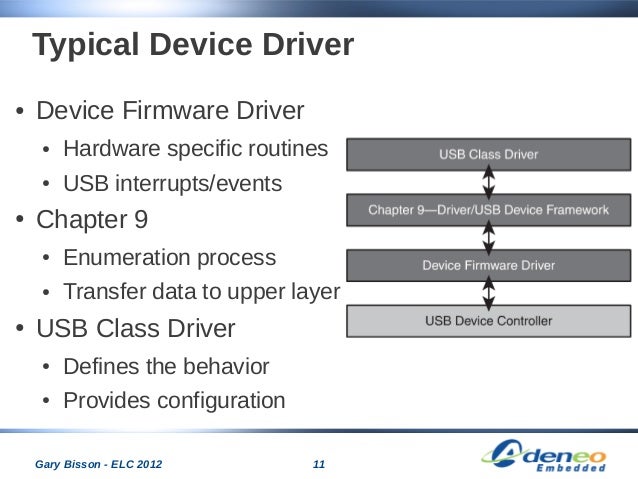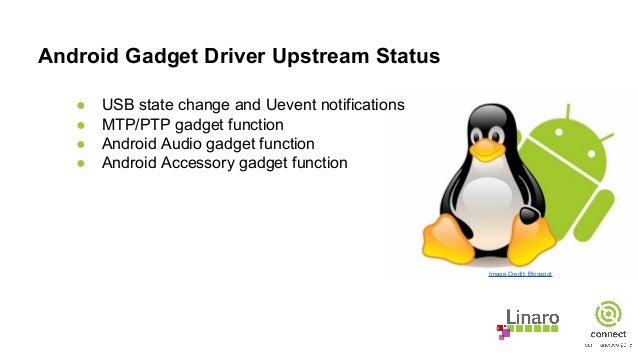25th April 2013
- Drivers Multifunction Gadget With Multiple Configurations List
- Drivers Multifunction Gadget With Multiple Configurations Pdf
- Drivers Multifunction Gadget With Multiple Configurations Using
- Drivers Multifunction Gadget With Multiple Configurations For A
Overview¶
A USB Linux Gadget is a device which has a UDC (USB Device Controller) and canbe connected to a USB Host to extend it with additional functions like a serialport or a mass storage capability.
Drivers Multifunction Gadget With Multiple Configurations List
400 Multiple magnification USB digital microscope / magnifier / USB Microscope. Product Description: A simple instructions: First, insert the USB interfaces. Second, install the driver. Third, from the 'Start' menu in the 'USB Digital Microscope' open &. Unfortunately it seems to be a massive overhaul, just doing diff -Nur on the drivers/usb/gadget directories yields a 544kbyte file with 19,253 lines. My contribution is done now. This comment has been minimized. Installing the Drivers 2. Select Canon MX920 series with Canon IJ Network listed in the Kind column.CAUTION If you will be installing the Canon printer driver on Mac OS X and using the printer through a network connection, you can select Bonjour or Canon IJ Network in the Add Printer dialog. Added an Install Mode to the Multifunction Composite Gadget. This mode makes the gadget appear as a mass storage device with first logical unit simulating CD-ROM until an eject on that logical unit is requested because then gadget switches to the 'full flagged' gadget. The intend is that in Install Mode the gadget will provide only.
A gadget is seen by its host as a set of configurations, each of which containsa number of interfaces which, from the gadget’s perspective, are known asfunctions, each function representing e.g. a serial connection or a SCSI disk.
Linux provides a number of functions for gadgets to use.
Now my win-7 PC showing 'Multifunction Composite Gadget' in device manager with yellow mark (no driver) can i get driver for this (win-7) i have installed driver for this got from the BBB SW package but in vain.
Creating a gadget means deciding what configurations there will beand which functions each configuration will provide.
Configfs (please see Documentation/filesystems/configfs.rst) lends itself nicelyfor the purpose of telling the kernel about the above mentioned decision.This document is about how to do it.
It also describes how configfs integration into gadget is designed.
Requirements¶
In order for this to work configfs must be available, so CONFIGFS_FS must be‘y’ or ‘m’ in .config. As of this writing USB_LIBCOMPOSITE selects CONFIGFS_FS.

Usage¶
(The original post describing the first functionmade available through configfs can be seen here:http://www.spinics.net/lists/linux-usb/msg76388.html)
where CONFIGFS_HOME is the mount point for configfs
1. Creating the gadgets¶
For each gadget to be created its corresponding directory must be created:
e.g.:
Each gadget needs to have its vendor id <VID> and product id <PID> specified:
A gadget also needs its serial number, manufacturer and product strings.In order to have a place to store them, a strings subdirectory must be createdfor each language, e.g.:
Then the strings can be specified:
2. Creating the configurations¶
Each gadget will consist of a number of configurations, their correspondingdirectories must be created:
$ mkdir configs/<name>.<number>
where <name> can be any string which is legal in a filesystem and the<number> is the configuration’s number, e.g.:
Each configuration also needs its strings, so a subdirectory must be createdfor each language, e.g.:
Then the configuration string can be specified:
Some attributes can also be set for a configuration, e.g.:
3. Creating the functions¶
The gadget will provide some functions, for each function its correspondingdirectory must be created:

where <name> corresponds to one of allowed function names and instance nameis an arbitrary string allowed in a filesystem, e.g.:
Each function provides its specific set of attributes, with either read-onlyor read-write access. Where applicable they need to be written to asappropriate.Please refer to Documentation/ABI//configfs-usb-gadget for more information.
4. Associating the functions with their configurations¶
At this moment a number of gadgets is created, each of which has a number ofconfigurations specified and a number of functions available. What remainsis specifying which function is available in which configuration (the samefunction can be used in multiple configurations). This is achieved withcreating symbolic links:
e.g.:
5. Enabling the gadget¶
All the above steps serve the purpose of composing the gadget ofconfigurations and functions.
An example directory structure might look like this:
Such a gadget must be finally enabled so that the USB host can enumerate it.
In order to enable the gadget it must be bound to a UDC (USB DeviceController):
where <udc name> is one of those found in /sys/class/udc/*e.g.:
6. Disabling the gadget¶
7. Cleaning up¶
Remove functions from configurations:

where <config name>.<number> specify the configuration and <function> isa symlink to a function being removed from the configuration, e.g.:
Drivers Multifunction Gadget With Multiple Configurations Pdf
Remove strings directories in configurations:

e.g.:
and remove the configurations:
e.g.:
Remove functions (function modules are not unloaded, though):
e.g.:
Remove strings directories in the gadget:
e.g.:
and finally remove the gadget:
e.g.:
Implementation design¶
Below the idea of how configfs works is presented.In configfs there are items and groups, both represented as directories.The difference between an item and a group is that a group can containother groups. In the picture below only an item is shown.Both items and groups can have attributes, which are represented as files.The user can create and remove directories, but cannot remove files,which can be read-only or read-write, depending on what they represent.
The filesystem part of configfs operates on config_items/groups andconfigfs_attributes which are generic and of the same type for allconfigured elements. However, they are embedded in usage-specificlarger structures. In the picture below there is a “cs” which containsa config_item and an “sa” which contains a configfs_attribute.

The filesystem view would be like this:
Whenever a user reads/writes the “sa” file, a function is calledwhich accepts a struct config_item and a struct configfs_attribute.In the said function the “cs” and “sa” are retrieved using the wellknown container_of technique and an appropriate sa’s function (show orstore) is called and passed the “cs” and a character buffer. The “show”is for displaying the file’s contents (copy data from the cs to thebuffer), while the “store” is for modifying the file’s contents (copy datafrom the buffer to the cs), but it is up to the implementer of thetwo functions to decide what they actually do.
Drivers Multifunction Gadget With Multiple Configurations Using
The file names are decided by the config item/group designer, whilethe directories in general can be named at will. A group can havea number of its default sub-groups created automatically.
For more information on configfs please seeDocumentation/filesystems/configfs.rst.
The concepts described above translate to USB gadgets like this:
1. A gadget has its config group, which has some attributes (idVendor,idProduct etc) and default sub-groups (configs, functions, strings).Writing to the attributes causes the information to be stored inappropriate locations. In the configs, functions and strings sub-groupsa user can create their sub-groups to represent configurations, functions,and groups of strings in a given language.
2. The user creates configurations and functions, in the configurationscreates symbolic links to functions. This information is used when thegadget’s UDC attribute is written to, which means binding the gadgetto the UDC. The code in drivers/usb/gadget/configfs.c iterates overall configurations, and in each configuration it iterates over allfunctions and binds them. This way the whole gadget is bound.
The file drivers/usb/gadget/configfs.c contains code for
- gadget’s config_group
- gadget’s default groups (configs, functions, strings)
- associating functions with configurations (symlinks)
4. Each USB function naturally has its own view of what it wantsconfigured, so config_groups for particular functions are definedin the functions implementation files drivers/usb/gadget/f_*.c.
- Function’s code is written in such a way that it uses
Drivers Multifunction Gadget With Multiple Configurations For A
usb_get_function_instance(), which, in turn, calls request_module.So, provided that modprobe works, modules for particular functionsare loaded automatically. Please note that the converse is not true:after a gadget is disabled and torn down, the modules remain loaded.
